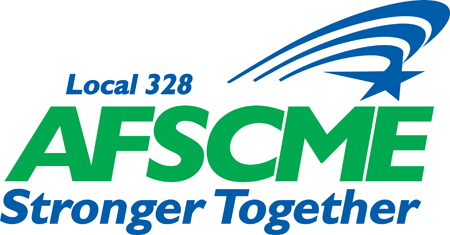Understanding Market-Based Wages and the Contract
One of the more nuanced discussions we will have at the bargaining table involves the union’s market-based wage proposal, OHSU’s stated intention of having wages driven by the market and the consequences of OHSU’s UPP proposal on both of these issues.First, some history. In the past, OHSU and Local 328 negotiated an annual across-the-board pay increase (often called the cost-of-living adjustment or COLA) as well as salary increases for some specific classifications, which were called “selectives.” The selectives were chosen because both sides believed the pay for those classifications needed to be increased to be competitive with other organizations — better pay would help recruit and retain employees in those classifications.About 10 years ago, the parties bargained new contract language that did away with the selectives process and substituted an annual labor-management committee review process. The contract language and the committee process have evolved over the years. If you are interested in the current contract language, read Article 8.4 Market-Based Adjustments (the contract can be found here).In the past, the committee adjusted the OHSU pay range up by 5% when compared to the market. It did this because, at the time, AFSCME employees’ retirement plans were fully paid by OHSU and were a much better deal than competing employers. (This is no longer the case.) Once that adjustment was made, the committee compared the midpoint of the adjusted OHSU wage to the midpoint of the market. If the difference between the adjusted OHSU pay and the market pay over multiple years was more than 5%, or if it was more than 10% in a single year, the committee recommended adjusting the OHSU pay range to bring it to within a less than 5% difference from the market. There are nuances within these rules, but that is the basic structure. Under this structure, it is possible for wages to go down as well as up in response to the market.This brings us to the current bargaining situation.OHSU wants to follow the market in wages, thinking that it can make cuts to PERS and proposed cuts to UPP retirement contributions, but still attract world-class workers due to OHSU’s mission and decent benefits. Management has proposed doing away with the 6% employer-paid UPP contribution and has been clear about its intention to do away with the 3% transition subsidy for PERS employees. OHSU proposed giving a 6% raise to UPP employees in order to offset the decreased retirement contribution, but has not proposed anything equivalent for PERS employees.At the same time, management is also proposing moving all pay ranges upward by 5% and that the market-based wage committee no longer adjust OHSU wages up by 5% when comparing them to the market. This will have several effects:
- Only people very near the beginning of the pay range would get a raise; employees with more than two years in a classification would see no increase.
- Under OHSU’s pay-progression proposal, which extends the time to reach the top step from 10 to 17 years, an employee’s eligibility for the longevity step would be delayed by at least five years. It is worth noting here that the union’s research does not support OHSU’s assertion that 17 or 21 years to reach the top step is an “industry standard” for non-nurses in comparable facilities.
- Moving the pay range up by 5% without actually giving anyone a raise except new hires and very junior employees would actually make OHSU look like a more lucrative employer to prospective employees, even though pay for senior employees wouldn’t actually change at all, the 6% retirement contribution would be gone (new employees don’t get the benefit of the 6% offset raise) and it would take seven years longer or more to reach the top step of the pay range.
The union has not yet responded to OHSU’s economic proposals, but we can look at the union’s initial proposals and find one that directly impacts market-based wages to the employees’ benefit. The union has proposed that the market-based wage committee compare the midpoint of the OHSU salary range to the 66th percentile of the market rather than the midpoint — this will make OHSU a market leader in compensation and be in line with its aspirations to be a world-class institution capable of attracting and retaining world-class employees. OHSU employees, new and current, would then be assured that they are market leaders rather than be attracted by a better-looking pay scale watered down with depleted retirement benefits and a grossly extended period of progression increases.
